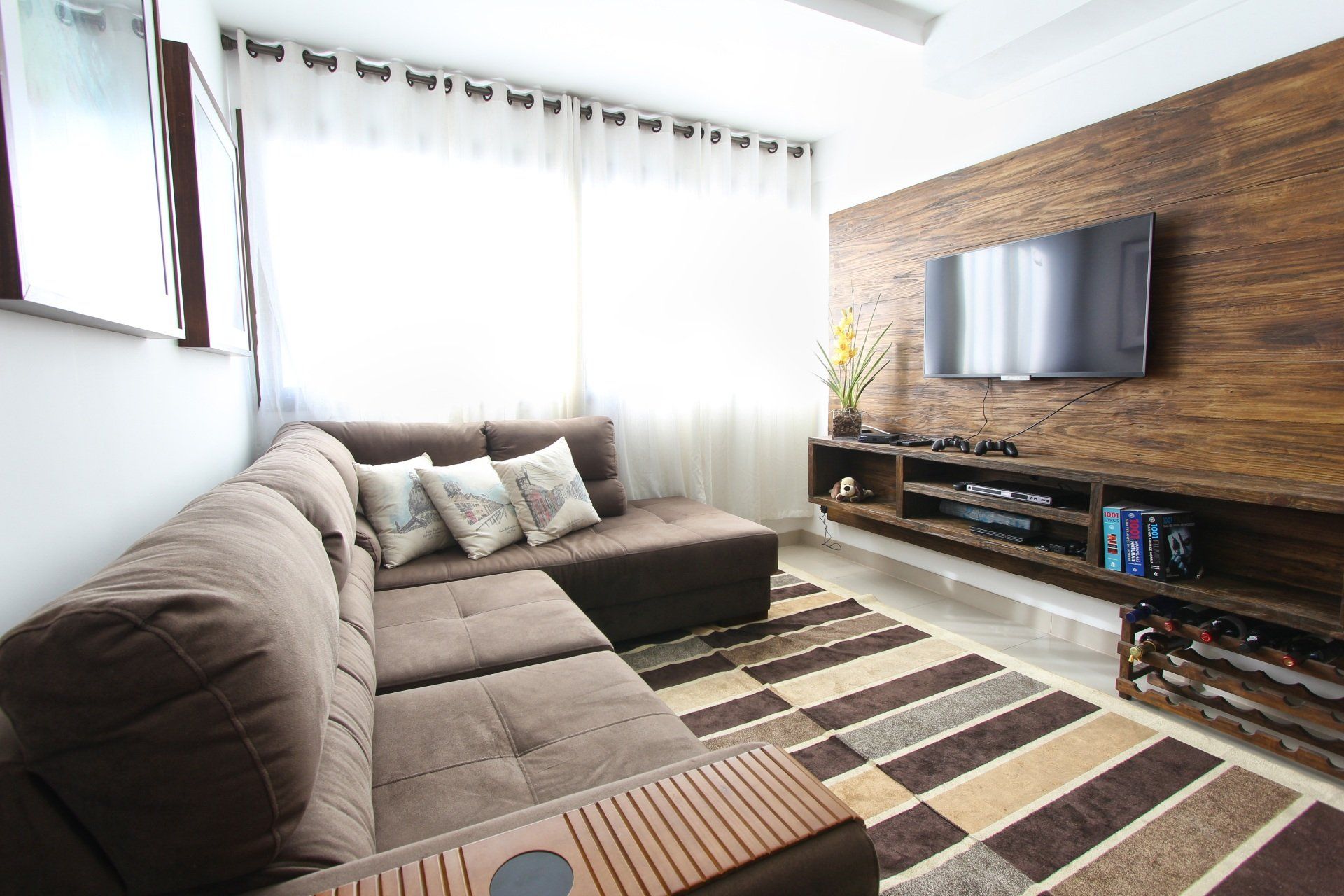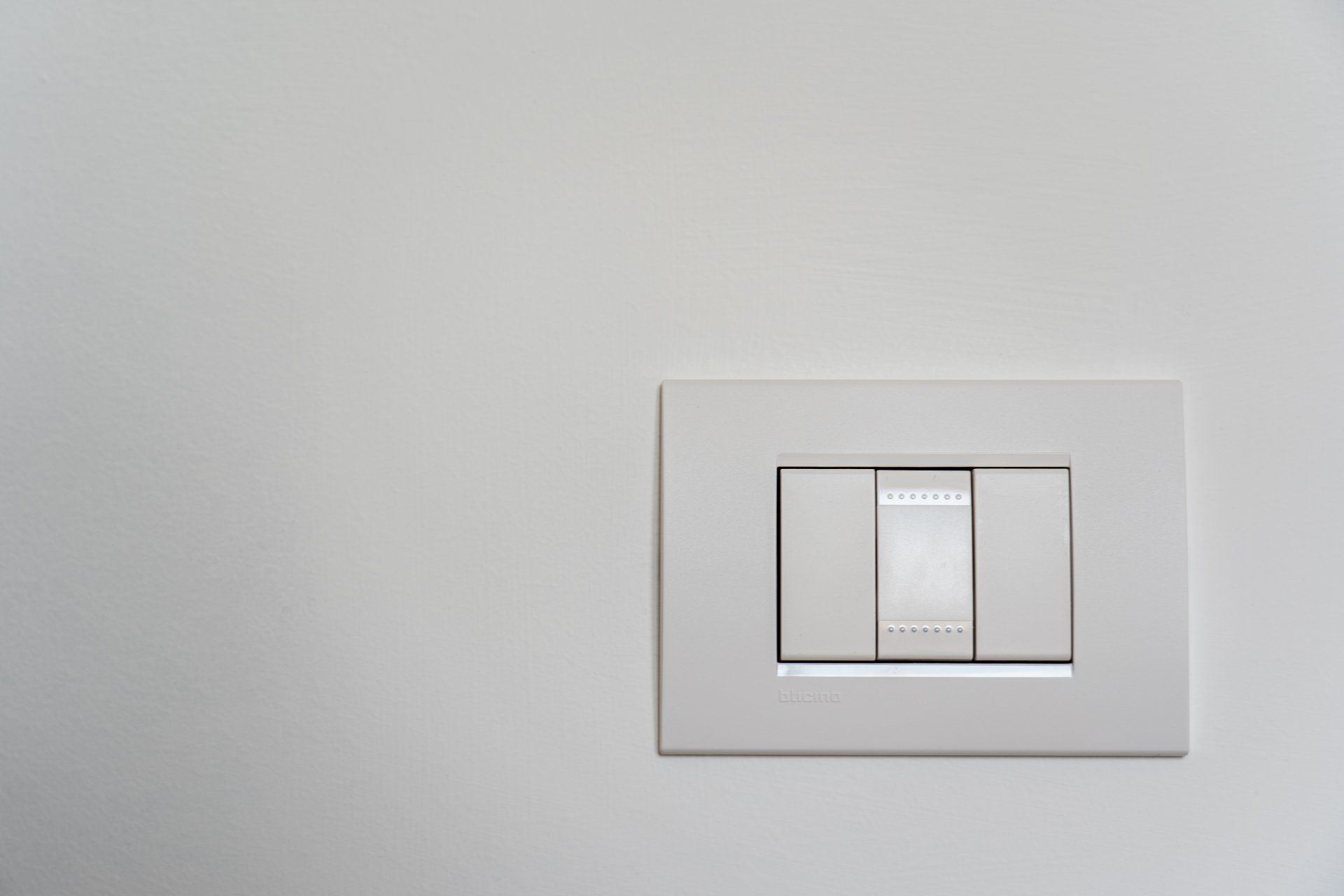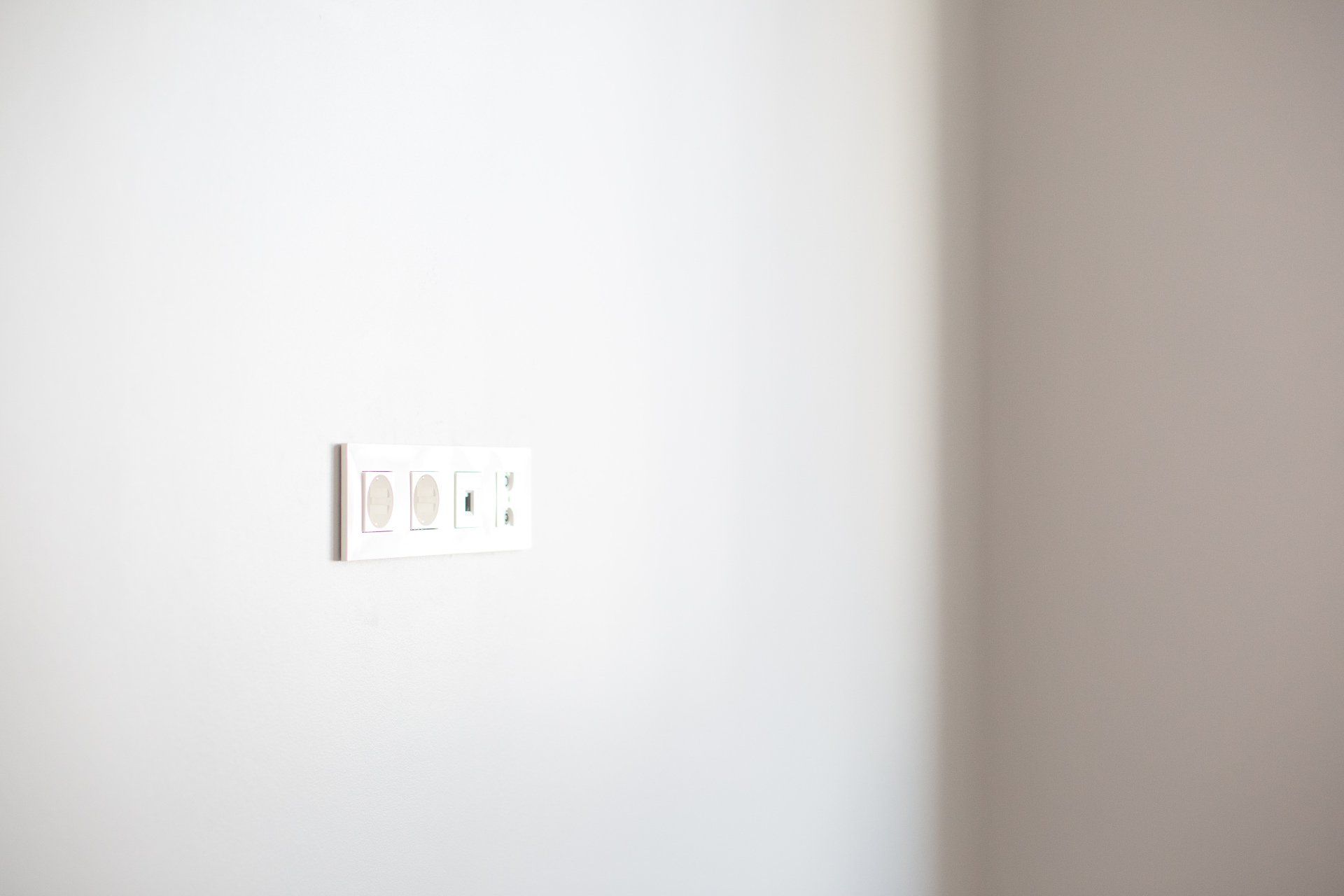How do you replace a ceiling fan?
How do you replace a ceiling fan?
Ceiling fans can be a wonderful feature to any space that provides illumination, circulation, and cool or warm air with the flick of the switch. Based on the type and design of the fan you select, they will provide a beautiful, aesthetic aspect to your living space; however, there's more to choosing the best fan than appearance. A proper sizing can make all the difference in the performance and comfort of your home, and the proper installation techniques ensure the safe and effective operation of your ceiling fans. When the time is right to replace your current fan, be it for aesthetic or technical reasons, it is advised to have a professional install since some warning signals and possible problems may not be immediately obvious.
Selecting a replacement fan for your device
When you are looking to purchase a new ceiling fan, take a moment to consider your options and ensure that the ceiling fan you select is the correct size for your room. Follow the guidelines below and be aware that blade spans range from 24 to 80 inches in length, with 52 inches being the most sought-after size.
- In rooms that are larger than 75 square feet, the recommended fan size can be between 29 and 36 inches.
- For rooms that are between 75 to 144 square feet, pick one of the fan sizes that is between 36 and 42 inches.
- For rooms that are between 144 and 225 square feet, you can choose one of the fans between 44 and 50 inches.
- For rooms of between 225 and 400 square feet, select a fan size between 50 and 54 inches.
Large-scale fans are an option for large spaces or rooms that have particularly high ceilings with blade widths ranging from 60 to 80 inches.
Choose the method you'd like to control your ceiling fan. Options are available for pulling the chain, remote controls, and wall switches, but there aren't all options available for every model.
A HOW-TO GUIDE ON THE REPLACEMENT OF A CEILING FAN
Before you install the ceiling fan, you'll have to take out the old fan in the following manner:
- Switch off the electricity to the fan on the circuit box, and also all wall outlets. Make sure there isn't a power supply to the unit conducting a test with a circuit tester prior to beginning.
- In the event that your ceiling fan comes with lights, it might include dual switch wiring, that is, one for the light and the other set for the fan. If this is the case, you need to mark the wires so that it is easy to recognize them in the new installation. Be aware that if the new ceiling fan doesn't come with an illuminated light, you'll need to cut off the naked portion of the wires which control the light. Connect wire connectors to the ends and then wrap them with electrical tape.
- Disconnect all wires, then take down the ceiling fan. Have an assistant help you with the fan while you work.
- After the fan has been removed, look over the ceiling box to make sure it's suitable to work with ceiling fans. The rating is listed somewhere in the box, along with a weight rating for the fan. The box must be secured to the ceiling beam and grounded.
- If an electrical box replacement is required, or the ceiling or wiring support is insufficient or incorrect, an experienced, licensed electrician will make sure that the proper actions are taken to protect your house and its inhabitants from harm.
- Set up the ceiling fan in conformity with the manufacturer's instructions.













